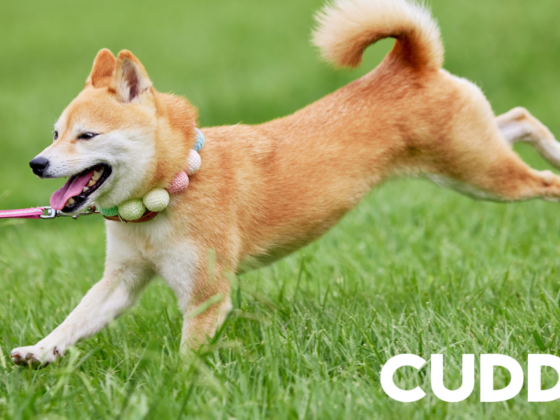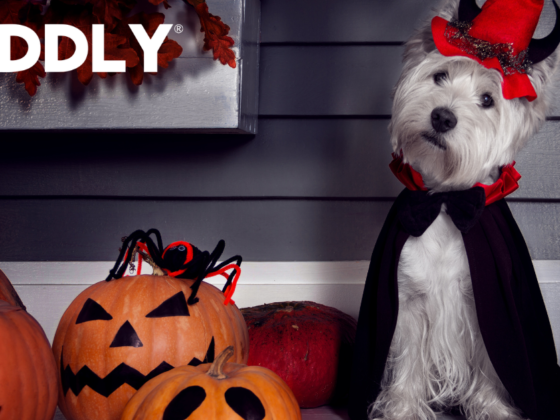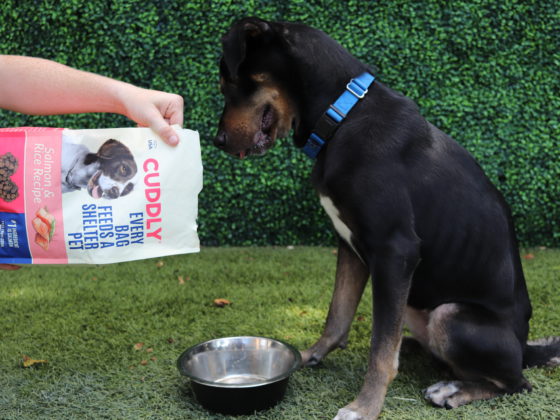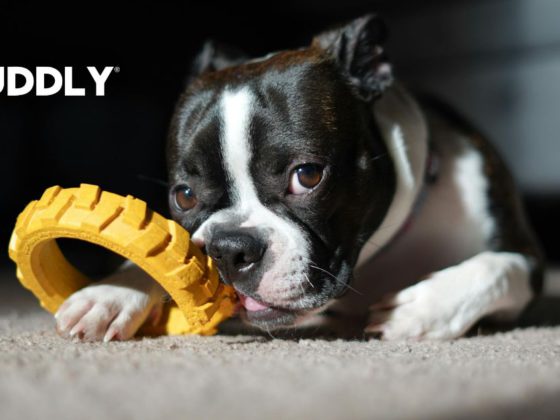Every dog parent has debated crate training at one point in time. While it can feel difficult, animals have a natural instinct that draws them to a safe place and ultimately, it serves the pet as much as the pet parent.
Typically, crate training is used when house training young puppies or new dogs who are adapting to a new home. Dogs avoid eliminating in the place they sleep and by crating a dog, the pet can adjust to a new schedule.
If a pet does not have a positive association with their crate, they may whine the first night and this might persist into the future. Additionally, if a dog has separation anxiety, a crate may prevent them from causing damage, but will not remedy their emotional state.
A Dog’s Crate is a Happy Place
It’s important to remember throughout the training process, your dog’s crate is their room and should be a positive experience for them. That should be made clear by offering their favorite toys, treats, and maintaining warm inflection when speaking around the crate.
This kennel is not a place of punishment and is not meant for longer periods. A dog who is crated for too long may become stressed due to inactivity and the absence of socialization.
When first introducing your pet to their crate, remove the crate door and let them explore the space independently. Feeding regular meals in their den will help to instill the fact that this is their home.
Crate Train a Dog
Patience is important when training a dog. Rushing through the process will make it difficult for the pet to pick up and may exhaust the pet parent in the long run.
1. Soft and Subtle Introduction
Forcing a dog into a crate will be a stressful experience for the pet and the person. Leaving the crate in the living room will give the animal a chance to wander into and out of the crate and lay on the dog bed.
Be sure the crate purchased is large enough for the dog to stand up and turn around in, but not so large that they can poop in one end and walk away to avoid it.
Crates come in a variety of materials and can be selected based on your needs. Collapsible wire crates, plastic crates, and a variety of others are on the market.
2. Meals and Positive Cues for Dog
You are the guide for your dog and incentives and treats will help lead them with minimal effort. Using peanut butter, their favorite chew toy, or a stuffed KONG toy will reward your dog the first time they practice the desired result. Keep in mind that only safe toys should be permitted.
3. Practice Crating For Longer Durations
Once the pet is comfortable with the crate, the door can be reattached and closed. The first time, the dog should only be enclosed for short periods, but gradually the periods of time can be extended.
Puppies under six month old should not be in the crate for more than three or four hours at a time without a potty break. Their bladders are not large enough to last through an entire night.
Gradually increase the length of time the dog is in the crate based off the cues your pet gives you. By using small steps toward your required goal, you’ll potty train in a stress-free environment.
No matter if you have an adult dog or a new puppy, the training steps are relatively the same. Please remember, your dog is adapting to so many new things and they do not know the rules of your home. If you train them diligently and give them time to learn, you’ll have a happier home in the long run.
Bonus Tips For Pet Parents:













